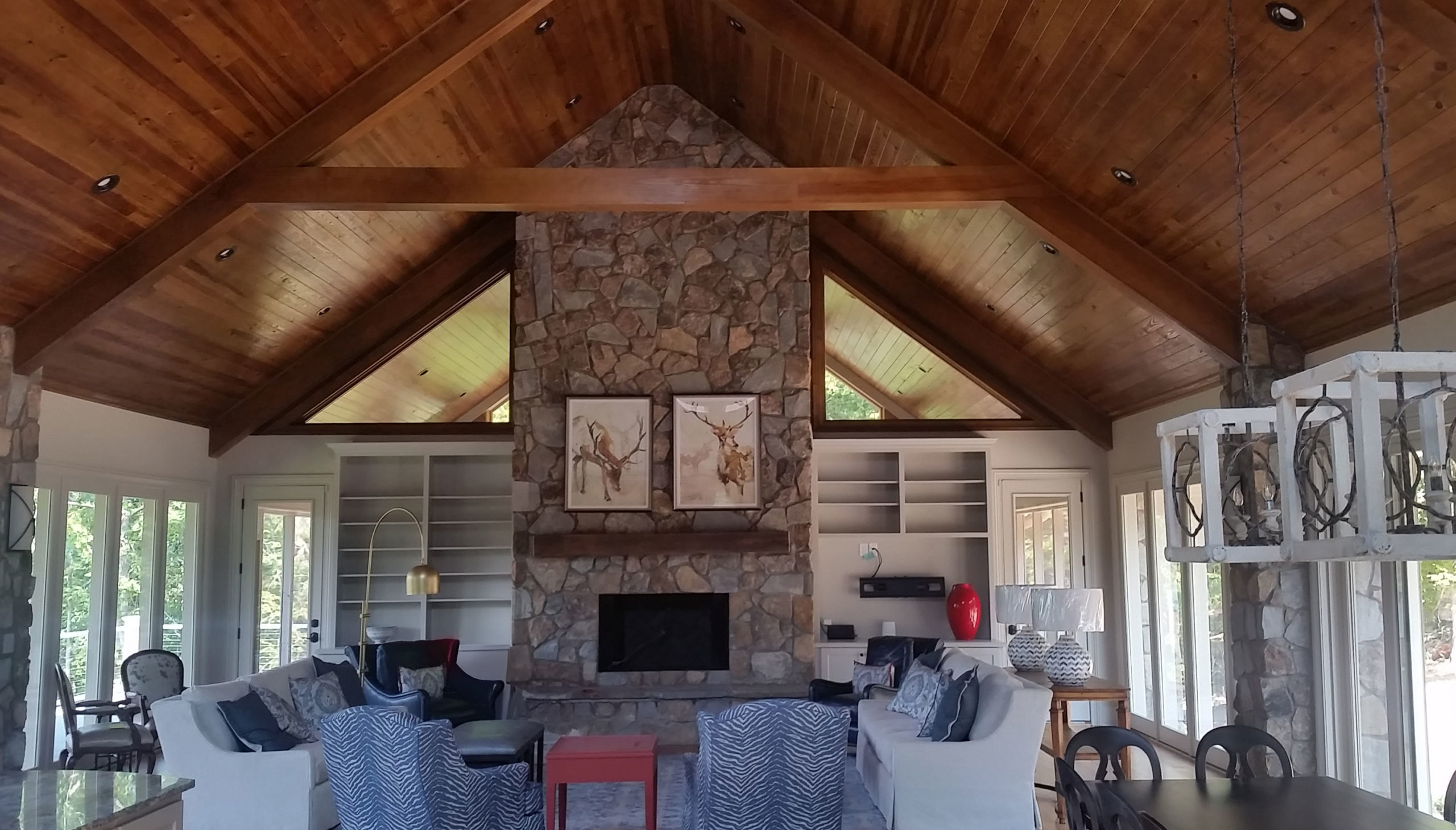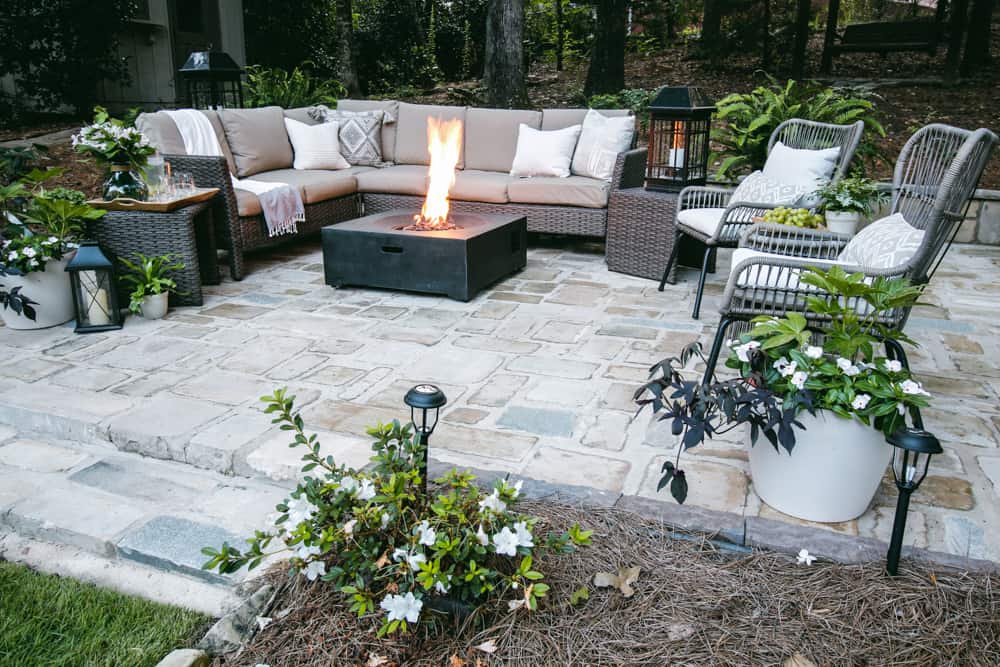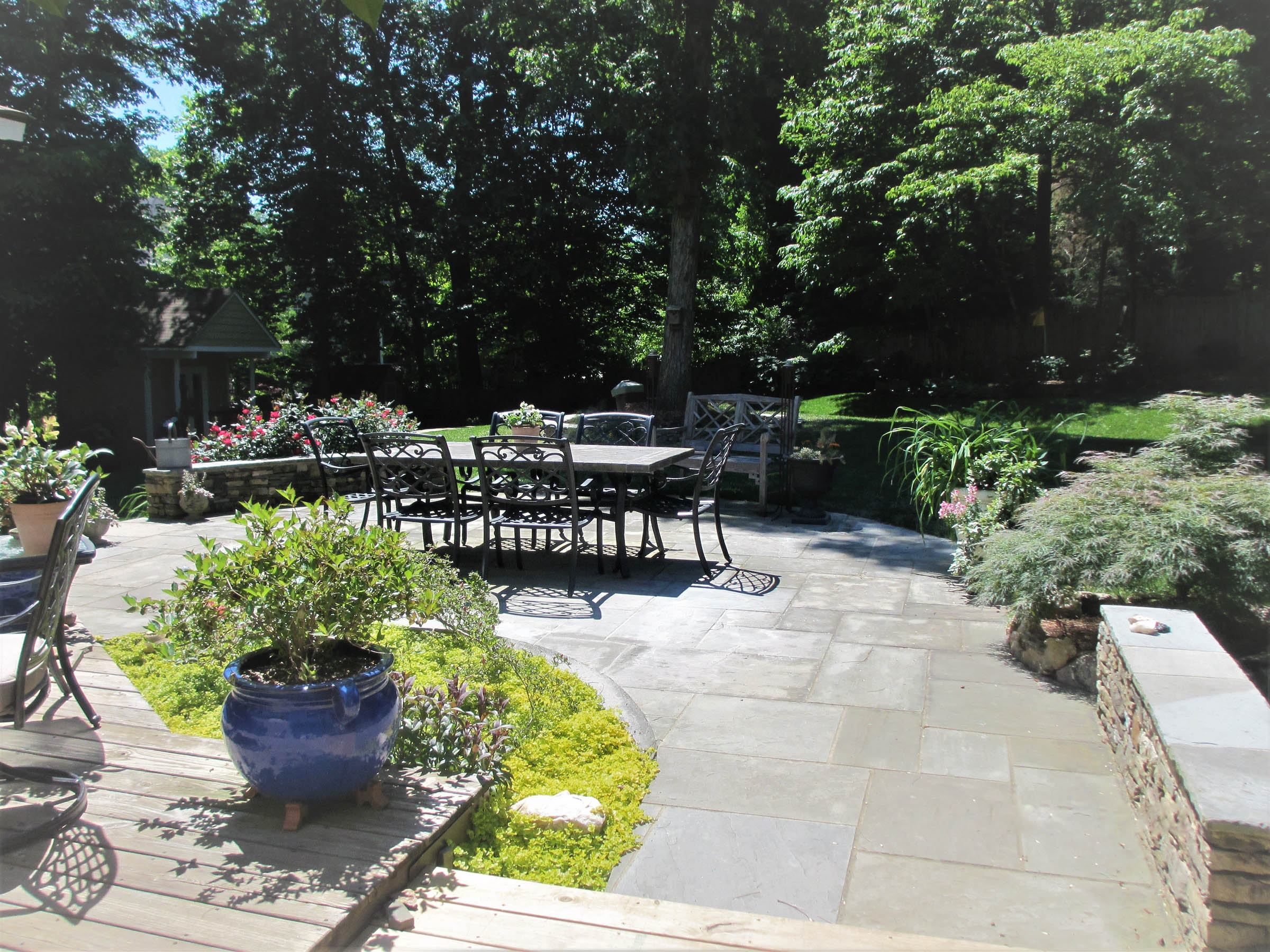PROFESSIONAL STONE MASONRY
Statements in Stone delivers superior stone masonry at a reasonable cost. Leveraging over four decades of expertise in custom construction, our skilled masons and managers employ innovative and practical techniques to craft warm and inviting spaces. Our in-house services include custom design drawings and modifications. Rest easy with our full insurance coverage and a stellar track record of on-time and on-budget performance. Our mission is to revive the essence of old-world craftsmanship, providing the highest quality work in a professional, fair, and reasonable manner.


FLAGSTONE (FLAG)
Flagstone (flag) is a generic flat stone, usually used for paving slabs or walkways, patios, fences and roofing. The name derives from Middle English flagge meaning turf, perhaps from Old Norse flaga meaning slab or chip. The rock color usually comes from these cementing materials. Typical flagstone colors are red, blue, and buff. Flagstone is quarried in places with bedded sedimentary rocks with fissile bedding planes. Around the thirteenth century, the ceilings, walls and floors in European architecture became more ornate. Anglo-Saxons in particular used flagstones as flooring materials in the interior rooms of castles and other structures. Lindisfarne Castle in England and Muchalls Castle (14th century) in Scotland are among many examples of buildings with surviving flagstone floors.
STONE PATIOS
Pennsylvania Flagstone patios are the number one choice of our many satisfied customers in Raleigh, North Carolina. Most started out with a very small concrete slab, or pavers blocks the builder had provided. It was just large enough for a small umbrella table with four chairs and a tiny grill on the adjacent lawn. The kids were growing up way to fast and we were spending more time using this out dated area for our family. Now was the time to create what this space could be—a real stone patio with some sitting walls, a fire pit area and perhaps a water feature. Or how about some areas of quiet contemplation to read a good book and listen to nature, like the Carolina song birds. Can you think of any better gift you could give your family?
We create warm and friendly spaces.
Sometimes the best place at your house…
is not necessarily in your house! © PGB

Stone Poem
It’s on loan from the land for our short visit here. We gather and stack it so crops will appear.
It keeps in our stock, and defines what we claim, a stone is a stone by no other name.
It becomes our foundation, and won’t rot or decay, and it doesn’t need water or food every day.
We bring it inside and build fires in its place, then enjoy and keep warm by its strong weathered face.
It comes in all colors, without paint, peel or paste, and to hammer or sand it would be such a waste.
For its beauty still lies in its natural state, be it granite or limestone or Green Mountain slate.
We drive on its surface, and play in its sand, then carve out great statues like David, by hand.
We built temples and castles and monuments tall, large structures of strength, and the Great China Wall.
So, when you see some stone, be sure to admire, the pleasure it brings you, as you warm by that fire,
or when you see some stone that makes you feel good, perhaps in a fence in a field, or a wall in the wood.
Give thanks to the men who were laying their claim, to the land with the stone, by no other name.
-Paul Gordon Bronson 7/22/2000
